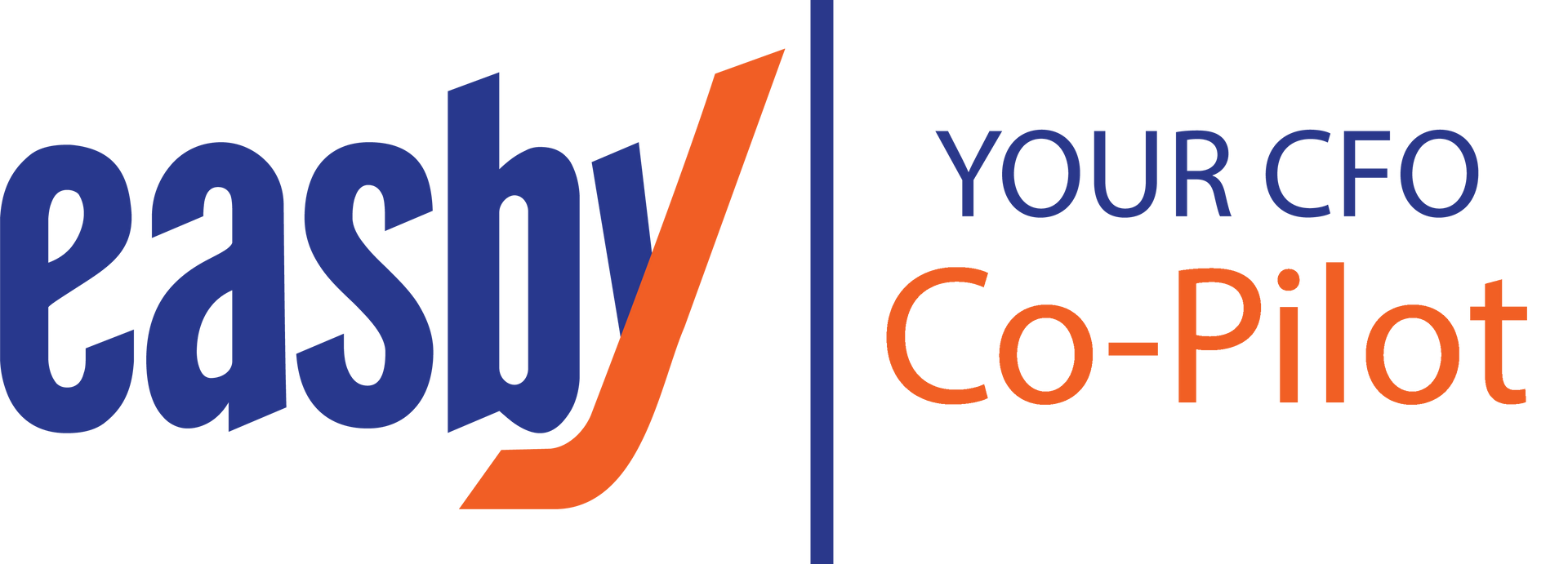The Win-Win of Corporate Wellness
Share this article:
Rose Report: Issue 37
 “When your boss and colleagues care enough to invest in your health, it is good for you and the business.” —Tom Rath
“When your boss and colleagues care enough to invest in your health, it is good for you and the business.” —Tom Rath
Corporate culture is rapidly evolving as today’s workforce seeks to work for companies that offer programs that support the physical and mental well-being of their employees. However, small- to mid-sized companies often see corporate wellness programs as a sizeable investment that only megacompanies can afford. The reality is that workplace wellness programs don’t have to incur a sizeable investment in an on-site gym, personal trainer, basketball court or “nap” room. Effective programs come in all shapes and sizes and are a win-win for employers and employees.
Employers Win
Research shows that healthy employees are happier, more productive and miss less days in the office—which all add up to a healthier bottom line for your company. According to the 2017 Aflac WorkForces Report , remaining competitive in the current marketplace is the top business objective among employers, which may explain why so many are increasingly tying their benefits programs to business results. The survey revealed that for 25 percent of employers, the top goal of their benefits program is “increasing productivity by maintaining a healthy workforce.”
Benefits of a corporate health and wellness program for employers include:
- Less absenteeism: A health and wellness program helps make employees healthier and leads to less sick days.
- Improved employee morale: Working out together can build camaraderie among co-workers and enhances company culture.
- Recruitment and retention: In today’s tight employee market, a robust benefits package that includes a health and wellness program sets you apart from other companies.
Employees Win
According to the Centers for Disease Control and Prevention (CDC) , on average, Americans working full-time spend more than one-third of their day, five days per week at their jobs. The use of effective workplace programs and policies can reduce health risks and improve the quality of life for American workers.
Benefits of a corporate health and wellness program for employees include:
- Reduced stress : Studies show that exercise boosts your feel-good endorphins and make you feel calmer.
- Improved critical thinking: Research suggests that exercise can help the growth of new brain cells and boosts your ability to learn and make decisions.
- Increased productivity. Taking an exercise break gives you more energy and can help you get more done.
The RFS Health and Wellbeing Program
At Rose Financial Solutions (RFS), our employees’ wellbeing is a top priority and the reason why we’ve implemented a health and wellness program. From the onset, we wanted our team to be involved in the development of our program—surveying them to determine the offerings they valued most. With their feedback, we engaged an integrative wellness and health coach who customized a program to meet those needs. From cooking demonstrations to eating right seminars to presentations on how to incorporate physical activity into your day, our wellness and health coach delivers a program that creates a culture of wellness that leads our employees to maintaining a healthier lifestyle.
Visit Us On:





